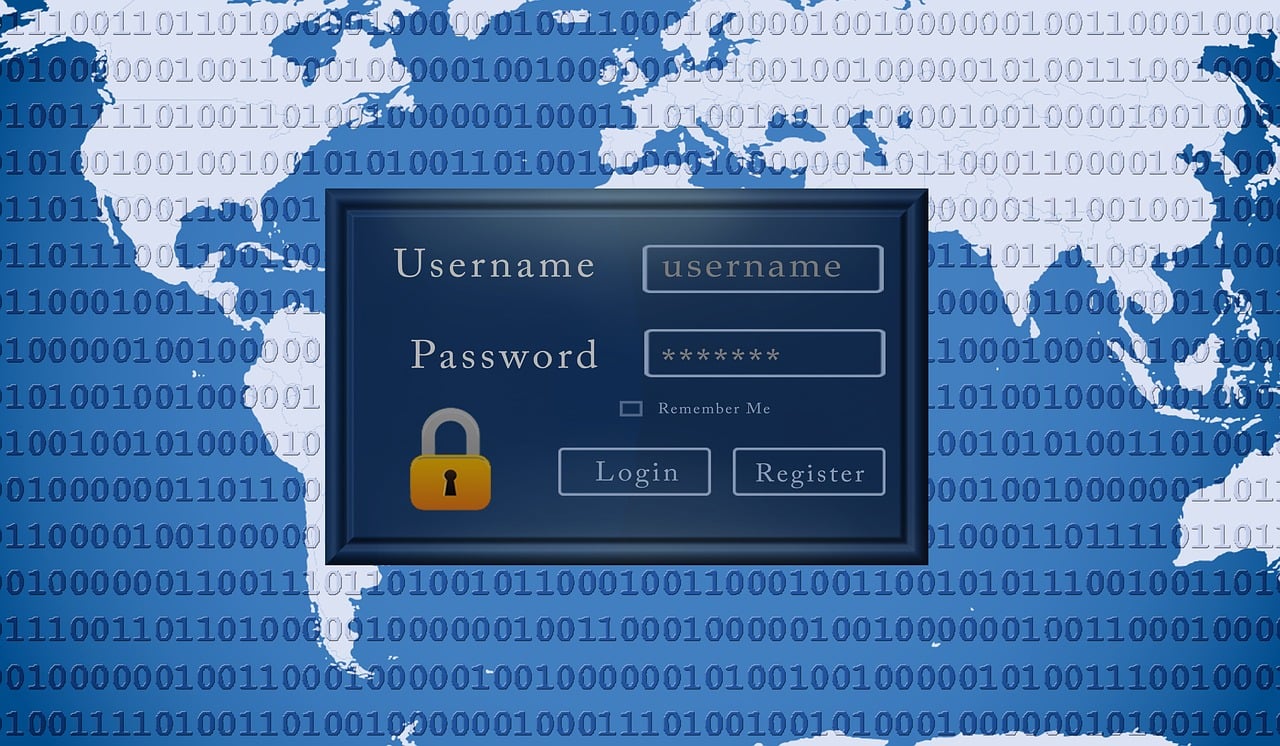The digital age has brought unparalleled opportunities for businesses, but it has also introduced challenges in safeguarding customer data. Recognizing this, the Federal Trade Commission (FTC) introduced the Standards for Safeguarding Customer Information, commonly referred to as the Safeguards Rule.
Understanding the Safeguards Rule
The Safeguards Rule mandates financial institutions to have in place administrative, technical, and physical measures aimed at protecting customer data. Specifically, it defines “customer information” as any record that contains “nonpublic personal information” about a customer of a financial institution, irrespective of its format—be it paper, electronic, or any other form. This record can be something the financial institution maintains itself or on behalf of its affiliates.
It’s essential to recognize that the Rule not only pertains to an institution’s own customers, but also to data related to customers of other financial institutions if this data has been shared.
Key features of the information security program dictated by the Safeguards Rule are:
- Written Documentation: The program must be in written form, ensuring accountability and clarity.
- Customized to the Institution: The program’s intricacy should resonate with the size and complexity of the business, its activities, and the sensitivity of the information being safeguarded.
- Reliability: The program must prioritize the security and confidentiality of customer data, as well as safeguard against foreseeable threats or hazards that might compromise the data’s security or integrity.
Who does the Safeguard Rule apply to?
Contrary to popular belief, the term “financial institution” under the Safeguard Rule covers more than just accountants. The Rule encompasses entities engaged in any activities that is “financial in nature” and are not already regulated by another regulator. This broad interpretation includes mortgage brokers, tax preparation firms, payday lenders, and, with the 2023 amendment, “finders” – those who connect buyers and sellers.
Remember, the Rule’s focus is on the nature of your business activities rather than the label you or others might give your company. Hence, businesses must regularly revisit the Rule, especially if there are shifts in their operational functions over time.
Blueprint of an Effective Information Security Program
Here are some specific goals you should make sure that your firm is meeting:
- Qualified Individual Appointment: A competent individual should oversee the security program. Their expertise, rather than academic qualifications, is the priority.
- Risk Assessment: Before devising a security program, it’s essential to understand the data you possess and its storage locations. This assessment should identify potential risks to data security and be updated periodically.
- Implementing Safeguards: The Rule emphasizes several safeguards:
- Regularly review access controls.
- Maintain an updated data inventory.
- Encrypt data, especially during transit.
- Regularly assess application security.
- Enable multi-factor authentication.
- Ensure secure data disposal.
- Stay updated with changes in your information system.
- Monitor authorized user activities.
- Continuous Monitoring and Testing: Constant vigilance is vital. Regular testing for potential vulnerabilities, especially following significant operational changes, is mandatory.
- Employee Training: An informed team can act as the first line of defense against potential threats. Regular training sessions will keep them updated on the latest risks and countermeasures.
- Service Provider Oversight: Collaborating with experienced service providers is crucial. Contracts should clearly state security expectations and provide mechanisms for periodic provider assessments.
- Incident Response Plan: A well-documented plan to address potential security breaches ensures timely and effective response.
- Reporting: The appointed Qualified Individual should report to the company’s top management or Board of Directors, detailing the effectiveness and compliance of the security program.
For accountants and financial professionals, the emphasis on safeguarding sensitive data can’t be overstated. The FTC’s Safeguards Rule, with its clear guidelines, ensures that businesses are better equipped to protect themselves and their customers in an increasingly digital world.
For the latest directives and additional resources, the FTC’s official publications remain the most reliable source. Visit their website to learn more: FTC Safeguards Rule: What Your Business Needs to Know | Federal Trade Commission
If you need assistance or have any questions, contact us.
Love This Article? Share It!
Ransomware attacks are on the rise, threatening businesses of all sizes. Discover how to defend your business with practical tips on preventing attacks and maintaining resilience.
Gain clarity as an accountant on the FTC Safeguards Rule and its implications for your business's data security. Discover effective strategies to ensure your company meets regulatory standards.
Discover six actionable tech tips to enhance your accounting firm's efficiency and security. From cloud adoption to cybersecurity, stay ahead of the curve.
Discover why Multi-Factor Authentication (MFA) is essential for securing your Microsoft 365 account against cyber threats. With simple setup options safeguard your data effectively.
As a business owner, it's difficult to determine which cybersecurity solutions are essential for your small business. Find the right solutions by considering three primary factors: effectiveness, user impact, price.
Learn about the primary and hidden costs that can devastate your business and why proactive cybersecurity measures are essential for safeguarding your company's future.
STAY IN THE LOOP
Subscribe to our free newsletter.







